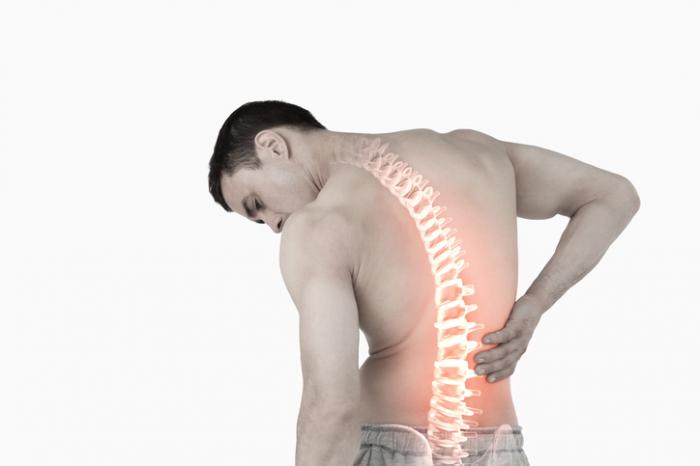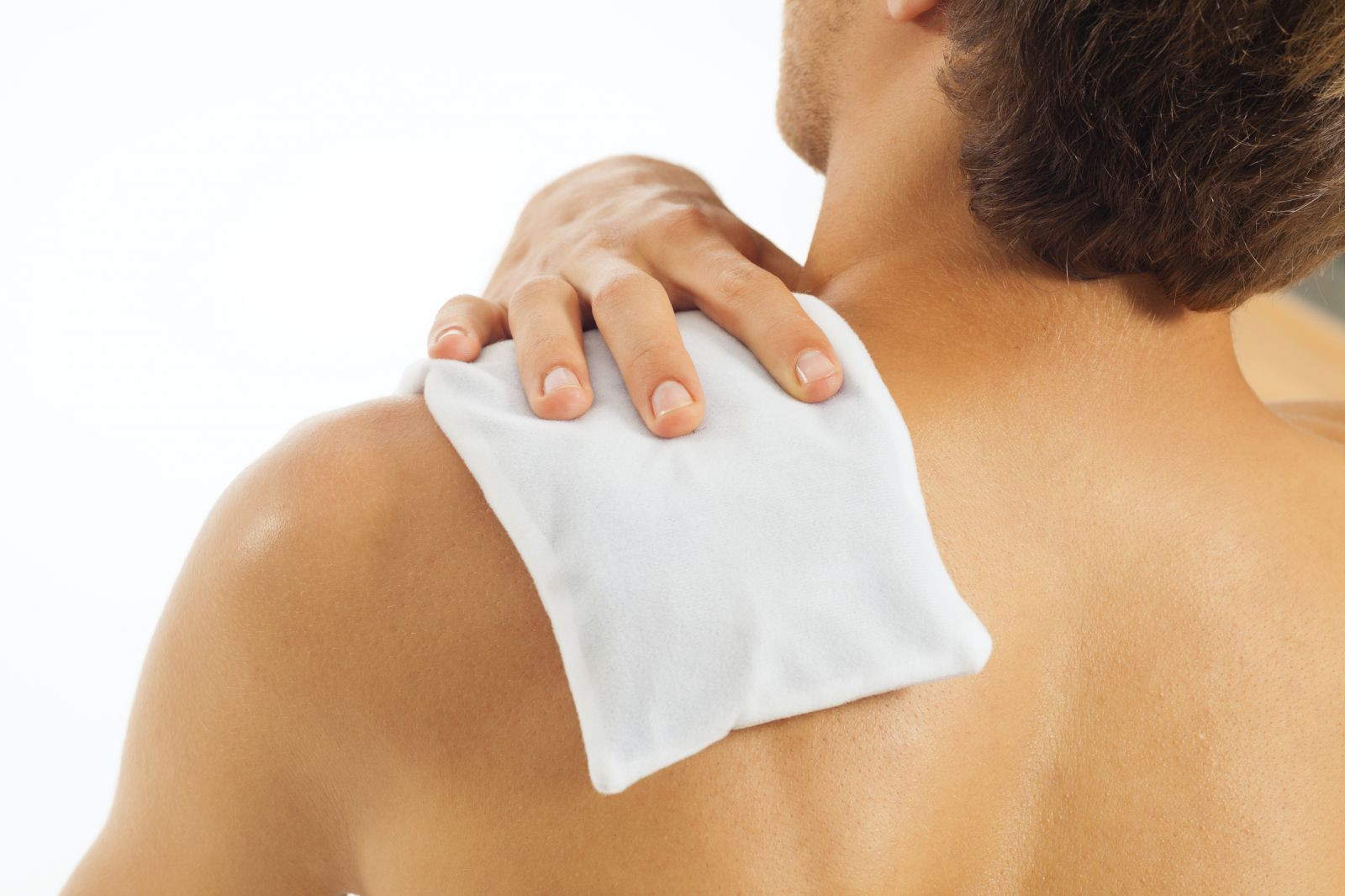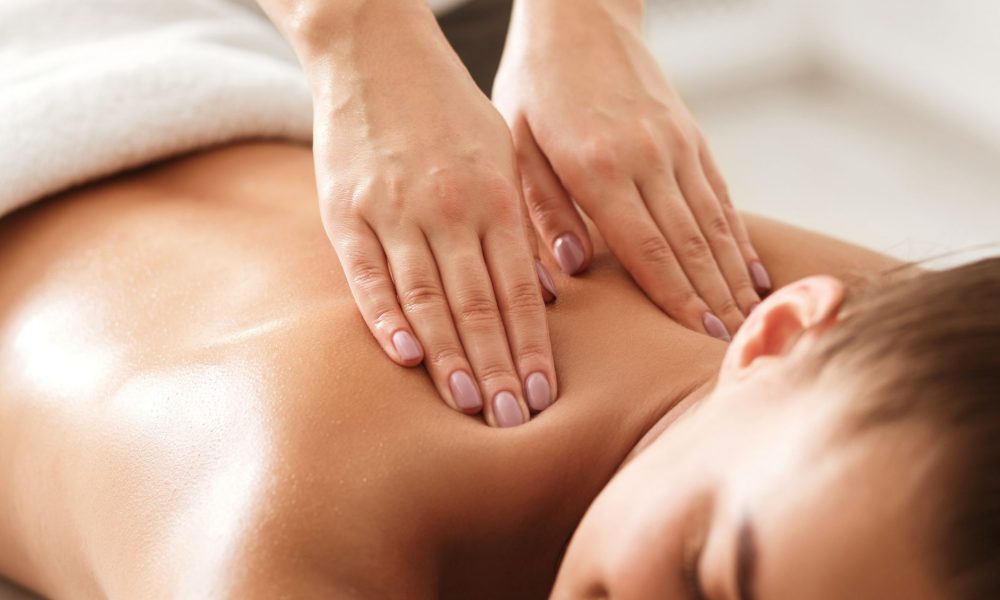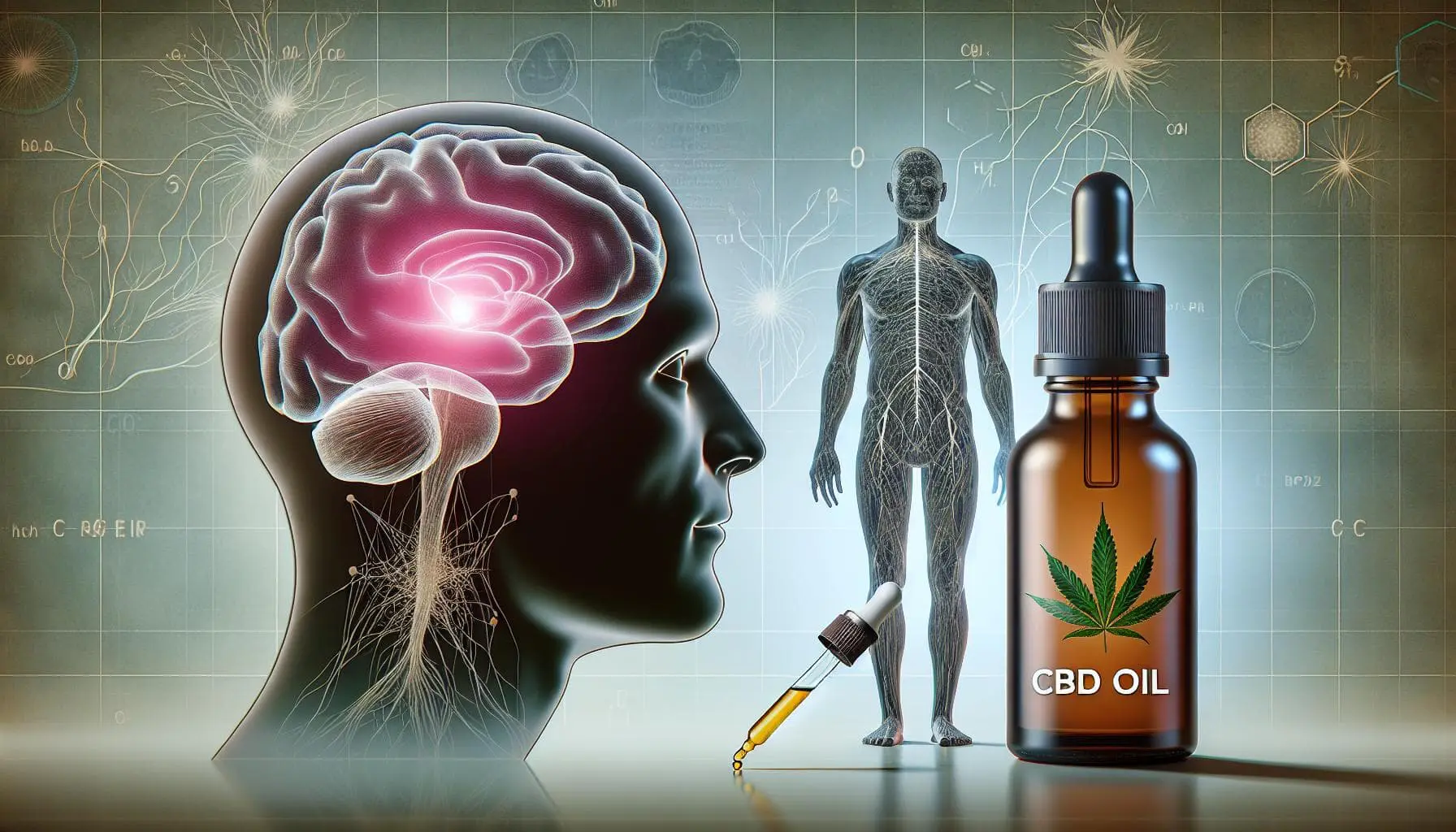Back pain is a common problem and a leading cause of job-related disability. You have probably missed work or school because of a sore back. Back pain takes different forms; you can have a dull muscle ache to a shooting or stabbing sensation. The pain may radiate to other body parts, including your legs, and worsen with activity. Back pain improves with simple remedies, such as over-the-counter medication and hot or cold compresses; if your pain is severe and doesn’t get better with conservative treatments, you may need to see Dr. Mandeep Walia-Bhatia for medical intervention.
What causes back pain?
You can have back pain due to an injury, but sometimes back pain is a symptom of an underlying medical problem. The following are some common conditions linked to back pain.
Osteoarthritis
Osteoarthritis is the most common form of arthritis, which occurs when the cartilage that cushions the end of the joints wears out. It is common in older adults and mainly affects joints in the hands, hips, knees, and spine. When the cartilage wears out completely, bones rub, and surrounding structures may deteriorate, including the connective tissues. The affected joints usually feel stiff, painful, and less flexible. The damage to the cartilage cannot be undone, but treatment can help manage symptoms and slow disease progression.
Spinal stenosis
Spinal stenosis is a narrowing or constriction in the spaces within your spine, pressing the nerves that travel through it. The narrowing can occur anywhere along the spine, but it is common in the lower back and neck regions. Spinal stenosis on the lumbar region causes lower back pain and other symptoms, such as numbness, tingling, and weakness in a foot or leg. The symptoms often develop gradually and worsen with time, but some people with spinal stenosis have no symptoms. Older people above 50 years are susceptible to this condition, but degenerative changes in younger people can also cause spinal stenosis.
Osteoporosis
Osteoporosis causes bones to become so fragile that mild stresses such as bending can cause a fracture. It is an age-related condition when bone loss is more than bone renewal. The process slows down after your early 20s, and by the time you get to 30, you may have reached your peak bone mass.
How likely you are to develop osteoporosis depends on how much bone mass you attained when you were young. Osteoporosis is also expected to occur in people with low calcium intake, eating disorders, and gastrointestinal surgery.
Herniated disc
The discs that cushion your spine can sometimes slip out of position, press on nerve roots, and cause pain. Discs often bulge due to wear and tear that occurs with age. As you grow older, the disc’s outer membrane (annulus) may develop a weak spot, through which the nucleus may push. Other times it may tear due to a single excessive strain or injury. You may suffer herniated discs in several places along the spine, but they are most likely to occur in the neck and lower back.
Does a sore back sideline you? Visit your healthcare provider at Gain Wellness Center for treatment to get rid of the pain.



